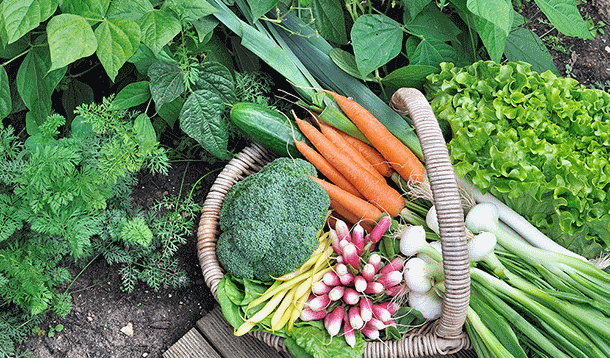
Well, maybe the weather doesn’t agree everywhere, but the collection of plant catalogues sitting on my desk clearly says otherwise. For me, spring is the time to plan everything that I want to do outdoors once the snow officially melts and the ground warms up.

Planning a vegetable garden for a landscape designer should be easy, but apparently there is A LOT I still have to learn! General layout and flow of the raised beds is one thing, but what to put in them is something else entirely! After a few weeks of studying, I’ve realized that companion planting is more like creating a seating chart at a Shakespearean wedding. Who knew that so many veggies didn’t get along?


If you are new to the vegetable garden scene, trust me, do your research! Authors like Mark Cullen, Niki Jabbour and Frank Ferragine have done all of the research for you! Growing veggies in small spaces and maximizing the amount of produce has become a science. Don’t assume that how your mother grew potatoes is the best way anymore. I can promise that growing vegetables is going to be a lot of work, but that first salad from your efforts is going to make it all worthwhile!
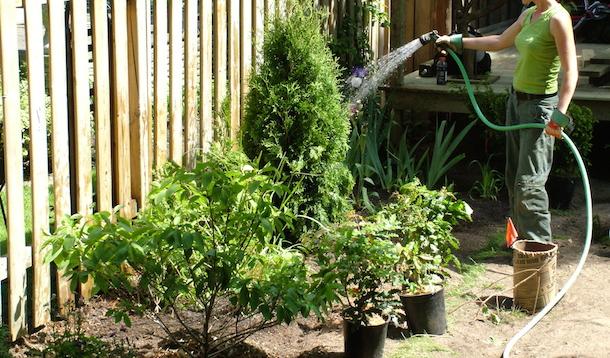
Noticing your neighbours a little more then usual at this time of year? I’m not surprised! Everyone wants to get outside, but the trees and shrubs don’t have leaves yet so we all look straight into each other’s yard. This is why the box stores sell a massive amount of cedars in the spring. We rush out to buy some quick privacy for our backyards!
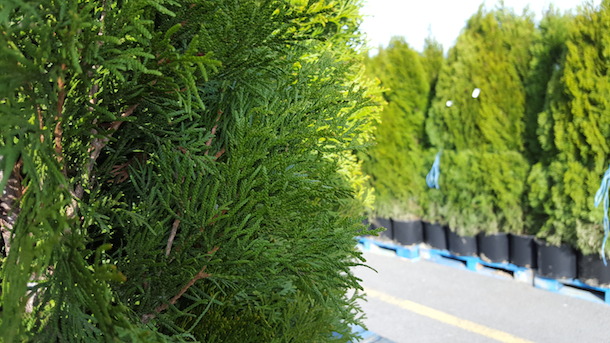
Trees are still a great option to create privacy, but you have to do it right! In my opinion, so many straight rows of cedars have been planted in Canada that they don’t even look odd anymore. The other challenge with evergreens is that conifers are pyramidal in shape, meaning that they are wide at the bottom, and small on top…right where you want the privacy.
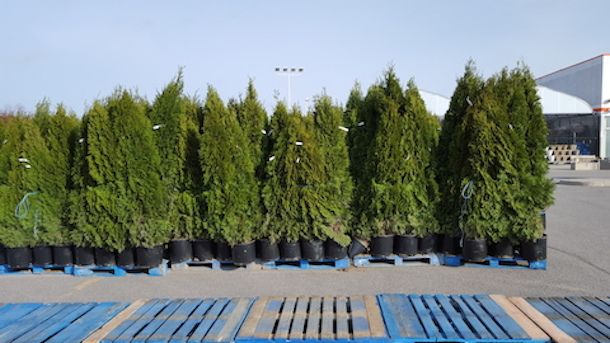
Instead of planting a row of cedars, try combining them with a few fast growing deciduous trees. I love using any of the poplar family like aspens or Tulip tree with my evergreens. Here is how I add great privacy using a row of trees.
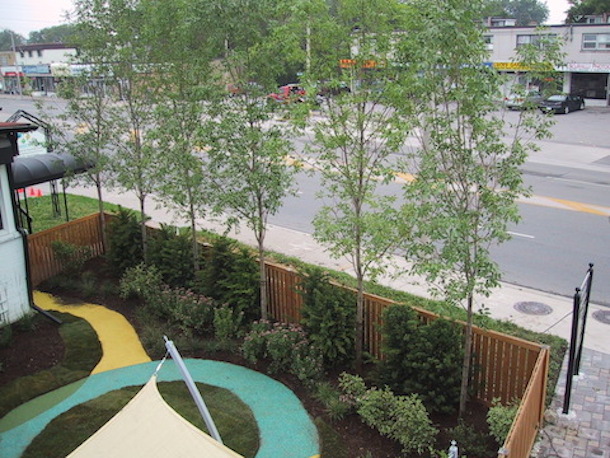
If you can’t wait for trees to grow, try an arbour which is my favourite way of creating privacy from those two-story houses that look down into your yard. Arbours are simply four posts and some cross pieces of wood that loosely create a roof over a deck or patio. The reason that these structures work so well is actually a bit of a visual trick. The stylishly trimmed wood overhead provides the eye a visual-distraction.
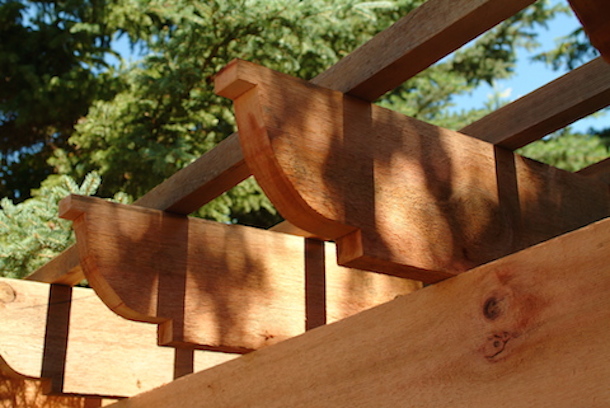
It gives the eye something to focus on and even though the neighbours may still be able to see into the yard, your guests don’t notice them because of the arbour. The one down side of these structures is the cost to install. Plan on spending about $750 - $1200 to do it right. Well worth it though; an arbour is a true investment in your home.

Not sure where you need the most privacy? Try standing on your deck or patio and really take a good look around you. Who do you see? If you can see your neighbours, then your neighbours can see you.
![]() RELATED: How to Create a Bee-Friendly Space In Your Own Backyard
RELATED: How to Create a Bee-Friendly Space In Your Own Backyard